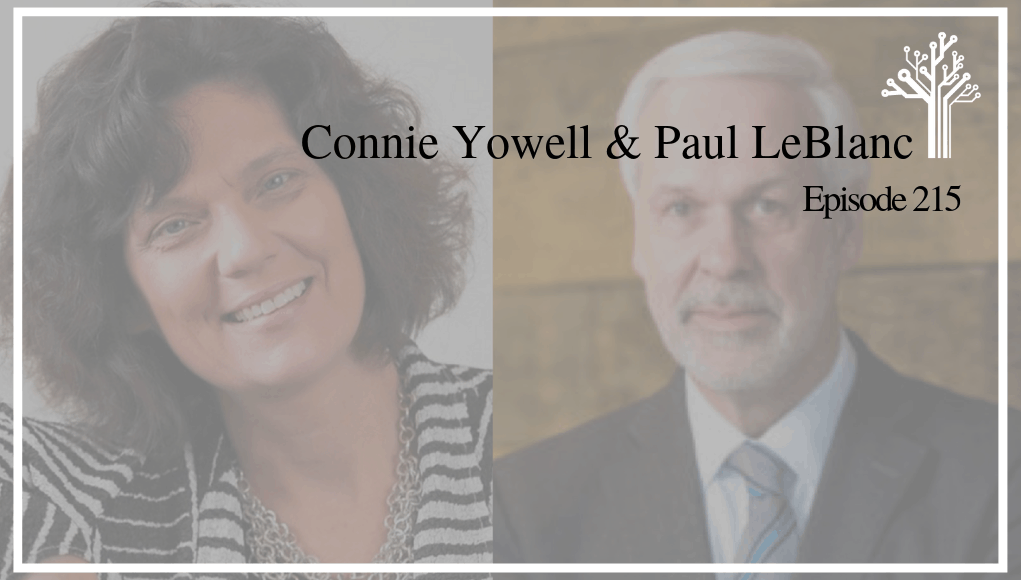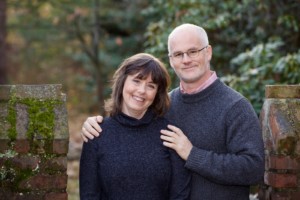Podcast: Connie Yowell & Paul LeBlanc on Extending Access to Higher Ed from Chicago to Rwanda

In the most interesting deal of 2018, Southern New Hampshire University, the leading online university, and LRNG, the leading out of school learning platform merged.
Connie Yowell, CEO of LRNG and EVP of SNHU, saw the merger as an opportunity to establish meaningful pathways to the middle class for youth that needs them most. She’s referring to the anywhere anytime community-connected learning that contributes toward a college degree as a result of the merger.
Paul LeBlanc leads what has become one of the largest and most innovative universities in the world. As SNHU President, LeBlanc saw LRNG as an opportunity to extend access to underserved youth in new ways.
Since the merger 8 months ago, SNHU and LRNG have launched pilot programs in Chicago and Birmingham. They’ve mapped 30 LRNG badges that count for SNHU credit.
LeBlanc explained that while some LRNG badges don’t count for college credit, they engage learners and can prepare them for work experiences which can earn them SNHU credit.
SNHU is also actively serving refugees in five countries. Paul and Connie recently returned from a trip to Africa to review programs and consider additional service opportunities.
Key Takeaways:
[1:42] Connie speaks about how she originally became interested in the public policy of youth development.
[2:43] What gave Connie hope that philanthropy was a path to better policy and better systems for youth development?[3:28] Paul speaks about his past formal education.
[5:24] Early on in his career, how did Paul get from his graduate studies to leading a liberal arts school?
[8:07] Paul speaks about when he took over SNHU in 2003 and their growing online presence.
[9:17] Did Paul have a sense 16 years ago that SNHU could be a real innovator and leader in the online space?
[11:10] Connie speaks about some of her early insights into digital credentials and out-of-school learning experiences.[14:28] Connie explains how and why LRNG came to be.
[16:12] When did Paul start to get the sense that some learning could be organized differently than traditional courses and that we could begin to use badges and micro-credentials for shorter bursts of learning?
[19:43] Connie and Paul speak about the merging of their two organizations (SNHU and LRNG) 6 months ago, and how they’ve figured out how they fit together organizationally and conceptually.
[22:38] How does LRNG fit in with SNHU? What does the roadmap look like for rolling out new badges for SNHU?
[23:38] Connie gives some examples of what these badges look like and what kinds of experiences make them up.
[24:50] Paul speaks about the benefits of badges and the implementing of badges at SNHU.
[29:06] Connie speaks about how they’re trying to support the work of the Museum of Contemporary Art’s Youth Design Workshops.
[32:32] Peter explains how SNHU is serving refugees and speaks about their global education initiative.
[37:03] What did Connie learn during her experience traveling to Africa with the team?
[39:07] Peter gives his closing thoughts on what the merging of SNHU and LRNG will be like several years in the future.
Mentioned in This Episode:
Connie Yowell (LinkedIn)
Paul LeBlanc (LinkedIn)
LRNG
Southern New Hampshire University (SNHU)
SNHU + LRNG
One Summer Chicago
Youth Design Workshops by MCA Chicago
For more see:
- Accessible, Affordable, Achievable Higher Ed for Working Adults (2017 podcast with Paul LeBlanc)
- New Merger Brings Learning and Workforce Solution for Cities Across the U.S.
- Rethinking the College Pipeline: Leading University Gains Youth Badging Platform
- LRNG and Institute for the Future: Helping Youth Get #FutureFit








0 Comments
Leave a Comment
Your email address will not be published. All fields are required.